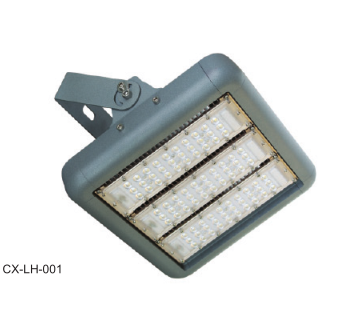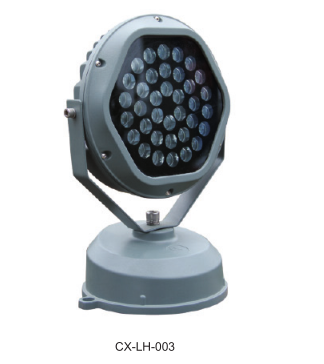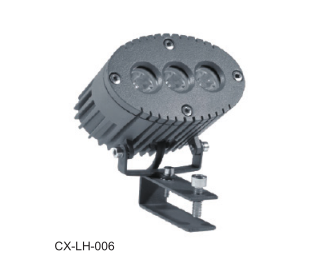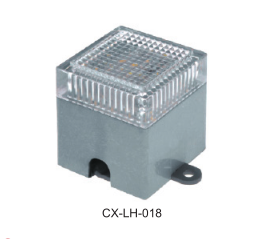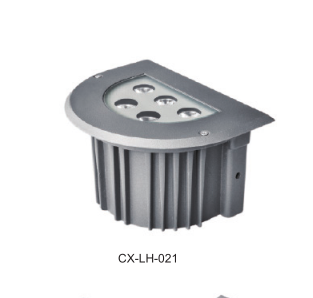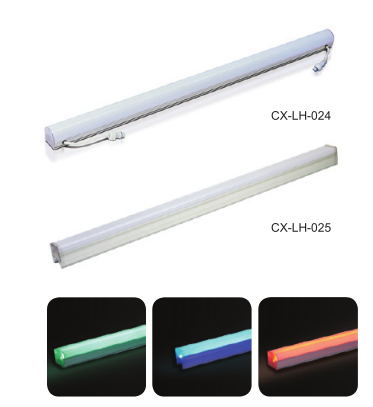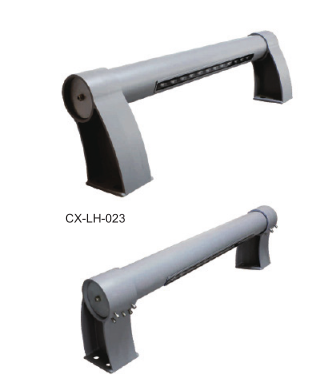Anti-lost technology in JetVision IP video communication
Modern lighting has gone beyond the simple lighting feature and into the light environment art filed,it is based on this design idea,the forth elements using the light of this space,will be "lighting"to"landscape beautification",make full use of various modern lightingart form and control technology,create a new night landscape.Our company's lighting products mainly include High efficiency LED Tunnel Lamp,Waterproof LED Spot lamp,LED Grooved lamp,Hotel LED Wall Washer light,Square LED Point light source,LED Light dissolving lamp,Stainless steel LED Buried lamp,LED Contour light,LED Rail Guarding Lamp.
Building Lighting Series,Building Lighting,Building Lighting Control Systems,Building Lighting Design Jiangsu chengxu Electric Group Co., Ltd , https://www.satislighting.com
Due to the rapid development of the Internet in the world, IP applications have become a trend. The construction of the country's communication network is developing faster and faster. The use of China's established public multimedia communication network to build an IP-based inter-provincial conference and television system has been widely used. The biggest problem with this type of application is the Qos problem of IP networks. The amount of data transmission grows geometrically every year. A large number of netizens like to watch movies online or download videos in large quantities, which directly leads to network congestion and network jitter, resulting in the loss of transmission data packets, even the sound cannot be heard clearly, and the video is large-area mosaic. Phenomenon, seriously affecting the audiovisual experience of remote video conferencing.
In the field of multimedia communication, various manufacturers are conducting in-depth research on network packet loss technologies that affect product transmission while launching various IP video communication products. JetVision has launched anti-dropping technology with independent products—V -link.
iFreecomm Technology Co., Ltd. (iFreecomm) is a leading provider of multimedia communication convergence solutions. The company headquarters and R&D center are located in Shenzhen High-tech Park, with a marketing network throughout the country. The company's products focus on high-definition video conferencing, integrated digital video surveillance, multimedia command and dispatch, digital audio processing systems and other fields. After years of accumulation, we have developed a complete product line.
In the spirit of technological innovation, Jieshi Feitong independently developed the “V-Link†technology for IP video communication and has all intellectual property rights. V-Link mainly solves the problem of data packet loss caused by network congestion in IP video communication, which causes problems such as video jam, audio interruption, and PPT content blurring. Based on self-developed algorithms, V-Link fully covers all important information in IP communication, which can effectively protect video, voice and data content including video conference calls.
V-Link technology has been applied in the MCV8000 multi-point control unit, MCV2000 video conferencing terminal, MCV2000 Mini, MCV2000 Mini Box and other solutions based on the above products. These include FreeMeeting HD video conferencing solutions and FreeMeeting HD video conferencing solutions.
I. Impact of packet loss in IP video communication <br> In IP video communication, once packet loss occurs in the transmission network, it will have a significant impact on the transmission of voice and video, ultimately affecting user experience and use. .
The main effects on video quality are: mosaic phenomenon, local distortion (some areas of the image are not clear), image blur, frequent refresh or flickering of the screen, video and audio are out of sync, frame rate is down, image is still, and so on.
Effects on audio quality include: overall audio distortion, intermittent or intermittent noise, audio interruptions, and more.
Impacts on the quality of content and presentation data include: blurring of slides, slowing of page turning, frequent screen refreshes, and image freezes.
In addition, packet loss can cause excessive delays, even if the call is interrupted.
The impact of network packet loss in IP video calls is mainly determined by the packet loss rate, packet loss over time, and the capabilities of each terminal and device in the video call. As we usually think, the higher the packet loss rate, the more obvious the impact on video calls.
Second, the common cause of network packet loss
1. Network device failure causes network packet loss <br> Device failure mainly refers to hardware failures, and does not include packet loss caused by improper software configuration. If the NIC is damaged, the switch port is physically faulty, and the duplex mode of the interface between the optical transceiver electrical port and the network device does not match.
Recently, the videoconferencing device was tested in a private network environment of a bank. It was found that a port on the core switch failed to be lost. After trying to replace the port with the free port, the network returned to normal and no packet loss occurred.
The switch port is faulty. The reason is that the performance of the switch is aging, resulting in a decrease in hardware performance.
2. Physical line failure <br> The network administrator finds that the WAN line is disconnected. When this happens, there may be a line failure. By checking the connection cable between the switch and the optical transceiver, the network cable is aged and replaced. Network cable, the network is back to normal. There are still many packet loss phenomena caused by physical lines, such as fiber optic transceiver connection problems, jumper misalignment device interfaces, and RJ-45 connector problems.
3, network congestion <br> Network congestion caused by the increase in packet loss rate, mainly due to the large number of router resources, the application encountered in the network congestion situation, such as a large number of UDP traffic, a large number of Multicast streams and broadcast packets traverse routers. Routers are configured with IP NAT and there are many DNS packets traversing routers.
4, routing error <br> Network routing error will also cause the packet can not reach the destination host, such as the host's default routing configuration error, the host to send packets to other networks will be discarded by the gateway.
V-Link anti-lost principle V-Link mainly solves the problem of data packet loss caused by the limitation of the basic network equipment in the process of audio and video transmission, which causes problems such as video jam, audio interruption and content blooming.
V-Link achieves channel transmission guarantee by "encoding and decoding of source", and draws on the principle of verifying and guaranteeing data integrity through channel codec in communication system: introducing a certain amount of data redundancy by the sender system So that the receiver system can detect and correct the error without requesting the sender system to retransmit the lost information. V-Link uses a specific algorithm to calculate the check digit data (channel coding) from the valid data. After the receiver finds that the data packet is lost, the corresponding algorithm can recover the lost data packet from the successfully received data.
V-Link also adopts optimized packet retransmission technology, taking into account data transmission efficiency, error correction capability, and media stream delay. As an auxiliary means of "redundant error correction", it further enhances the packet loss rate of multimedia transmission. Quality assurance in a high network environment.
V-Link also considers the factors of network packet loss caused by data congestion. It designs a mechanism to reduce the coding rate of coding (source coding) in the case of high network packet loss rate, so as to avoid aggravating the network. congestion. And when the network packet loss rate is reduced, the mechanism for automatically improving the coded transmission rate can be detected and fed back to restore the better media quality.
The theoretical basis of V-Link is: the "channel codec" algorithm for packet recovery provides stable audio and video communication quality, far more than the problems caused by trying to hide the impact of packet loss (error concealment) (mosaic, picture Video communication that is bothered by static, sound interruptions, etc. is much better.
In summary, V-Link uses packet retransmission and redundant error correction technology, and also uses intelligent flow control technology as an aid. The simultaneous use of three methods can effectively reduce the impact of network packet loss on audio and video quality. .
Fourth, the measured performance of V-Link in the real network environment<br> At present , the measured performance of V-Link in the real network environment is as follows: The video can remain smooth and sound under the network environment of 10%~15% packet loss rate. In the network environment where the packet loss rate reaches 20%, it still performs very well. This performance has been verified in China's Tell Lab and has been reported accordingly.
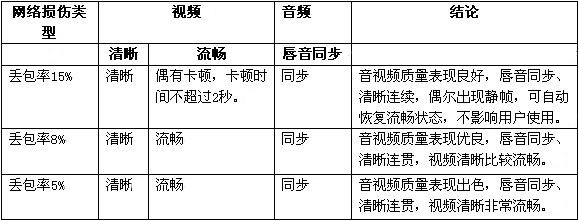
V-Link anti-drop packet technology has the following functions in IP video communication:
1) Lost packet protection V-Link uses a high quality video call on an IP network with a high bit error rate to improve the video experience.
2) Strong network adaptability <br> From a better network to a poor network and from a poor network to a better network, V-Link automatically adjusts the rate mechanism to avoid network congestion. The negative impact of the package on the video.
3) Reduce latency <br> By allowing the receiver system to reconstruct and recover lost data in real time, V-Link eliminates the need for the receiver system to wait for potentially lost, delayed or confusing information. In turn, the dynamic jitter buffer space and associated delays are also reduced.
4) Real-time reconstruction and recovery of lost data <br> The receiving end has automatic error correction capability for data packets. Once the packet loss is detected, the data is reconstructed from the redundant data in real time, if there is no lost data in the redundant data. Then, the sender can be fed back, and the sender is required to resend the lost packet.
5) Full protection of the media The V-Link algorithm fully considers all the information in the call in the video, so that the video, voice and data content in the call are free from network packet loss.
V. Advantages of V-Link anti-lost technology
Summarizing the above points, V-link anti-lost technology has the following advantages:

· V-Link does not occupy network bandwidth and can automatically adjust the rate mechanism.
· V-Link does not reduce the coding rate. It adopts the adjustment of the rate mechanism to adapt to network transmission and guarantee the quality of audio and video.

· The JetVision MCU does not need to manually enable the V-link function to adapt the terminal's capability set.

· V-Link does not modify the coding rate to solve the problem that network packet loss affects video quality, but protects the clarity of the video by reconstructing and recovering lost data in real time.

· The video can still be smooth under the network environment of 10%~15% packet loss rate, and the sound still performs very well under the network environment where the packet loss rate reaches 20%.
